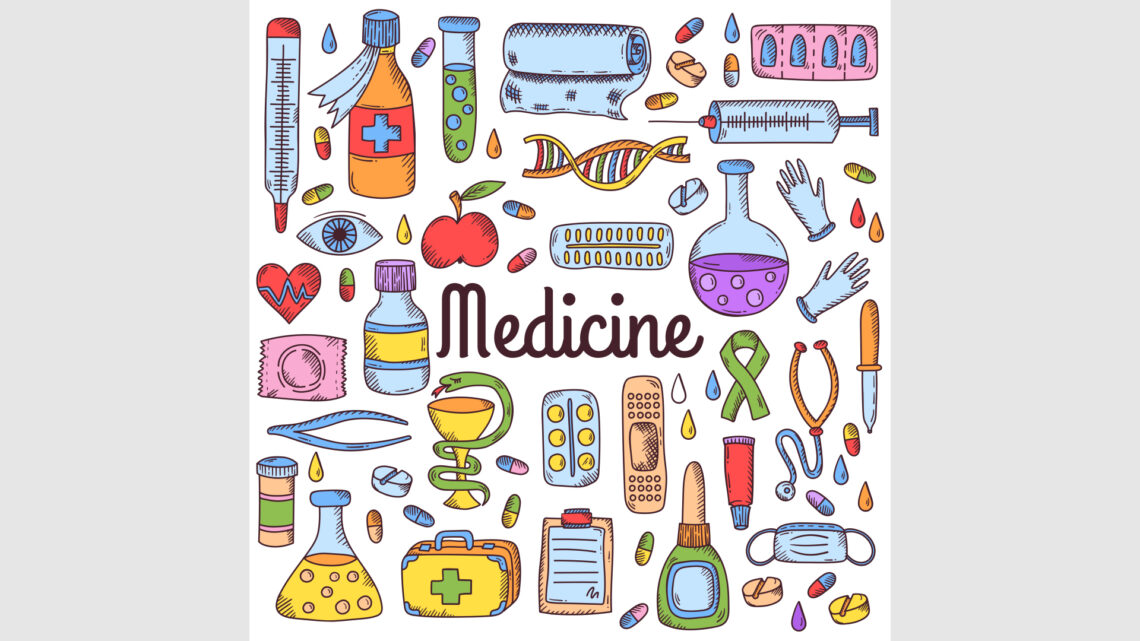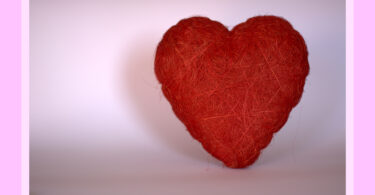“There are no coincidences.” – Deepak Chopra M.D
Introduction
One definition of the word correspondence means, “Having qualities in common.” From a medical point of view, this leaves many possibilities. We have the “Doctrine of Signatures.” Those living in the Middle Ages thought that the physical characteristics of plants indicated its therapeutic uses. For example, Euphrasia was thought to be a good remedy for the eyes because it happened to have a black spot in its corolla looking like a pupil. This phenomenon starts with physical attributes leading to clinical applications. They are also called chemical correspondences as well.
Dr Wilhelm Schuessler developed the biochemical system of medicine which consisted of the twelve tissue remedies or cell salts. The other day, I came across an article in the British Homeopathic Journal written over a quarter century ago by the late A.C. Gordon Ross titled “Schuessler’s tissue remedies.” He was less than complimentary (which surprised me). Nevertheless he included a fascinating chart of the cell salts followed by the homeopathic remedies Dr Schuessler found them in! It meant nothing to me first, until I looked for correspondences between the cell salts and our homeopathic remedies. Here are some examples:
Kali-Phosphoricum has a reputation for being useful in depression. Dr Schuessler found it in Cimicifuga, Digitalis, Pulsatilla, and Rhus-tox. Are these remedies useful in depression?
Kent’s Repertory:
Sadness(mental depression): Cimic, dig, Puls, Rhus-Tox
Magnesium-Phosphate has a reputation for being anti-spasmodic. Dr Schuessler found it in Belladonna, Gelsemium, Graphites, and Rhus-Tox. Are these remedies useful in spasms?
Kent’s Repertory:
Spasmodic contraction of the neck (Torticolllis): graph
Spasmodic drawing cervical region (head bent back): Bell, gels.
Spasmodic yawning: Rhus-Tox
Ferrum-Phosphate has a reputation for being anti-pyretic. Dr. Schuessler found it in Aconite, Arnica, China, Gelsemium, and Graphites. Are these remedies useful in fevers?
Kent’s Repertory:
Fever: Acon, Arn, Gels
Fever alternating with chills: Chin
Fever at night: Graph
HOMEOPATHIC REMEDIES AND THEIR CELL SALT CONSTITUENTS
Aconite: Ferrum-Phos
Apocynatum: Calc-Sulph
Arnica: Ferrum-Phos, Kali-Sulph
Asafoetida: Calc-Sulph
Belladonna: Mag-Phos
Bryonia: Nat-Sulph
Caulophyllum: Calc-Phos
Chamomilla: Nat-Sulph
Chelidonium: Silica
China: Calc-Phos, Ferrum-phos
Cimicifuga: Kali-phos, Nat-Mur, Nat-Sulph, Silica
Digitalis: Kali-Phos
Equisetum: Silica
Gelsemium: Ferrrum-Phos, Mag-Phos
Graphites: Calc-Phos, Ferrum-phos, Mag-Phos, Silica
Hamamelis: Kali-Mur, Kali-Sulph, Nat-Mur, Nat-Phos, Nat-Sulph
Hydrastis: Kali-Sulph
Lycopodium: Nat-Sulph
Nux-Vomica: Nat-Sulph
Phytolacca: Calcarea fluoricaluor, Kali-Mur
Pulsatilla: Kali-Phos, Kali-Sulph
Rhus Tox: Ferrum-Phos, Kali-Phos, Mag-Phos
Sanguinaria: Kali-Mur
Secale: Nat-Mur, Silica
Viburnum: Kali-phos
Conclusion
There are many facets of homeopathy. The philosophy is beautiful. Materia Medica is fascinating. Repertory study is rewarding. Compounding your own remedies is exhilarating. Correspondences shows the wisdom of nature. It shows the duality of beauty as well as purpose. There are also correspondences in the flower essences. Homeopathy is a life long study full of surprises. A grand and honorable science.
References:
Kent, J.T. Repertory of the Homeopathic Materia Medica. Deluxe Edition. World Homeopathic Links. New Delhi. Reprint. 1982. Pgs 75, 77, 78, 475, 946, 1258, 1278, 1280.
The British Homeopathic Journal. Vol 70. No.4. Oct 1981. Pgs 212, 213.




